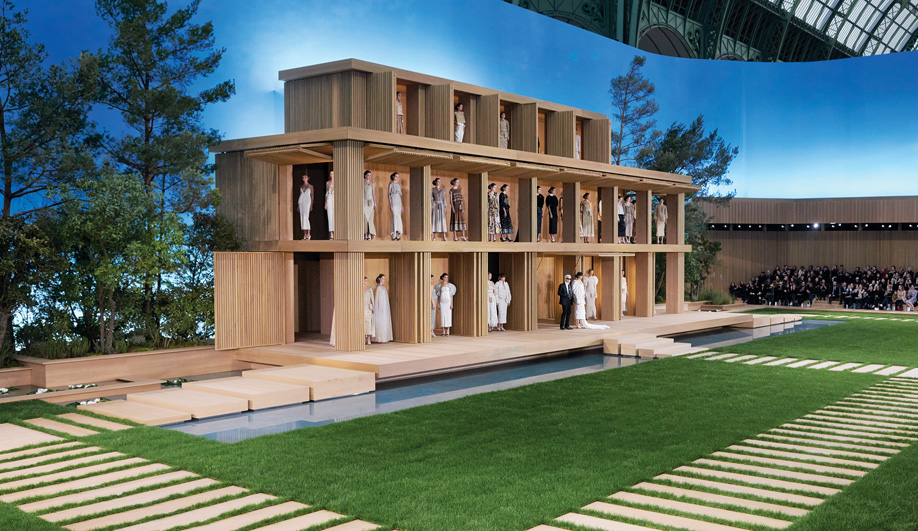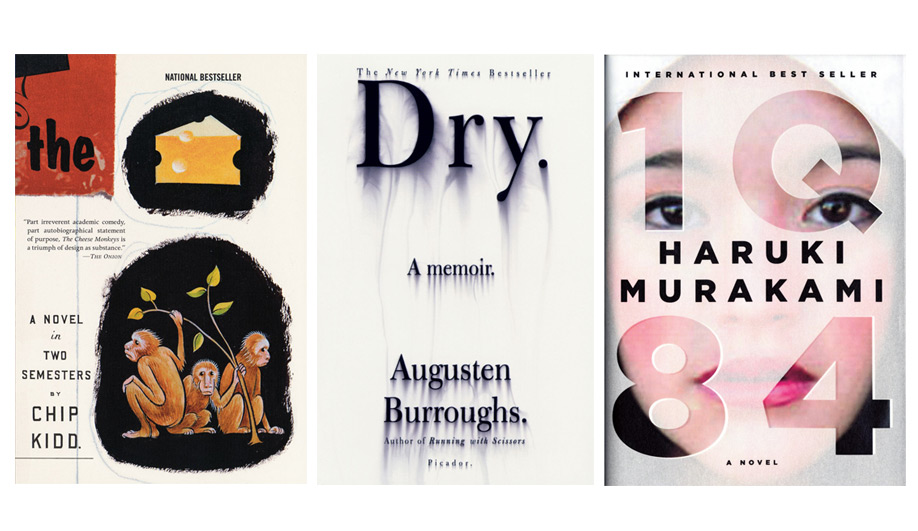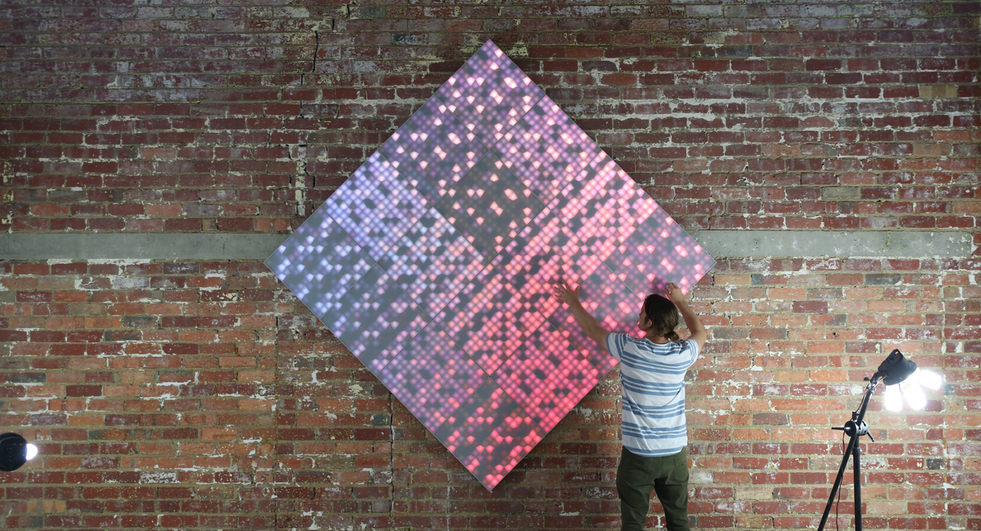
Chanel’s first eco-minded runway show transformed Paris’s Grand Palais into a verdant Zen garden.
Most Architecture remains in use for much longer than it takes to build, but fashion runways, including the one Chanel set up inside the Grand Palais in Paris last January, are in the unusual position of being used for just a few hours. With the UN Climate Change Conference in the capital still fresh in everyone’s mind, creative director Karl Lagerfeld pointed the luxury brand in a more ecologically minded direction, which dovetailed with the Rites of Spring theme that runs through the Spring / Summer 2016 couture collection.
While the clothing on parade was undoubtedly chic, featuring classic Chanel lines and the kind of slow-fashion detailing that places it squarely in the high-end market, the materials used to craft these elements were conspicuously inspired by nature, with wood, cork, straw and recycled paper most prominent. “Sustainability is a fashion topic and an expression of our times,” Lagerfeld said, billing the presentation as Chanel’s first “eco-show.” That statement may be largely symbolic, but it’s still significant for an industry that is virtually synonymous with ephemerality and conspicuous consumption.
The runway’s Zen garden setting, also Lagerfeld’s concept, was not just the backdrop for the collection’s image of opulent sustainability, but a part of it. To establish the bucolic atmosphere, a path of oak wood led across a lawn of real grass and over reflecting pools, all surrounded by stands of live pine and camphor trees, both known for their pleasing fragrances. Anchoring centre stage, a three-tiered pagoda of solid oak hid the models behind a minimalist facade of vertical slats until the finale, when the panels slid aside or folded dramatically upward to reveal the full collection.
The landscape elements were composted after the show, and Chanel plans to reuse the pavilion, which can be assembled in eight days and dismantled in four. Though still a long way from being a zero-impact event, it’s a step toward demonstrating that sustainable design can be fashionable, especially for those who can afford it.


